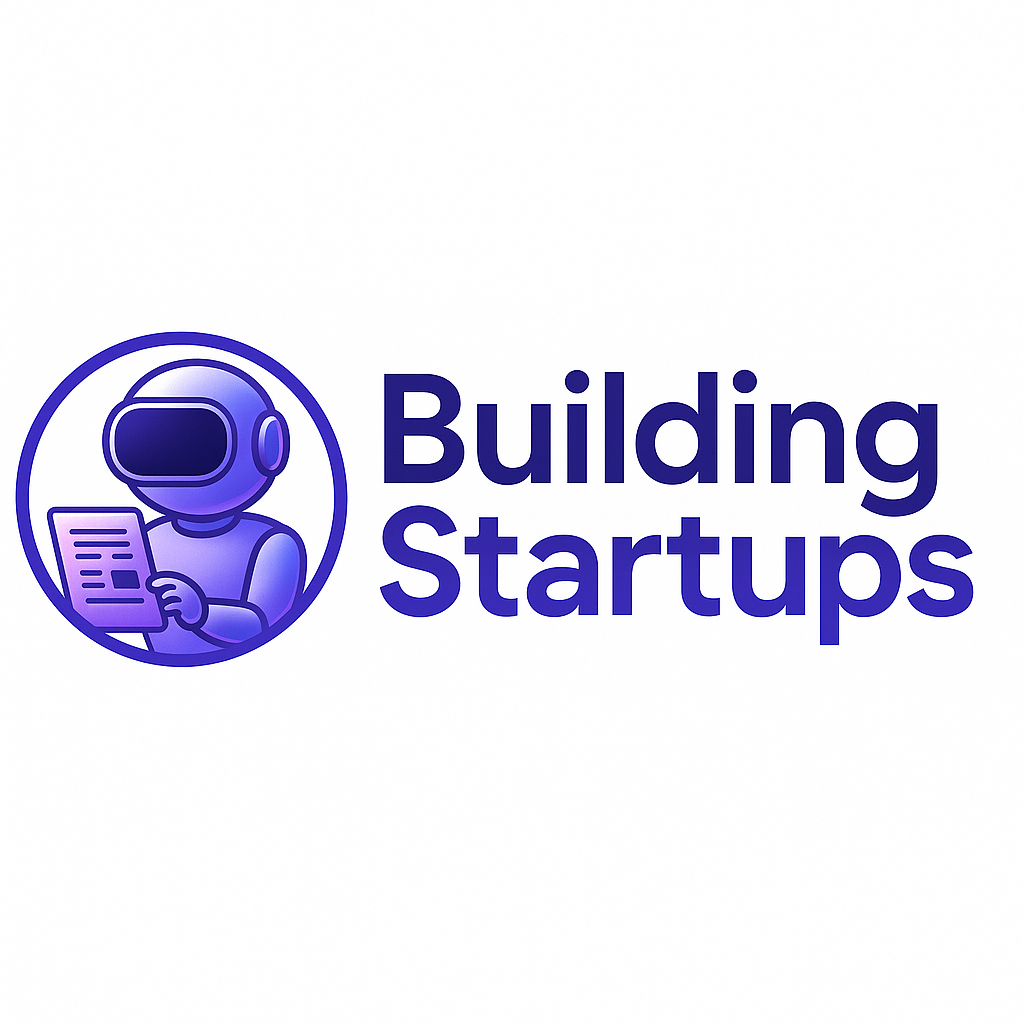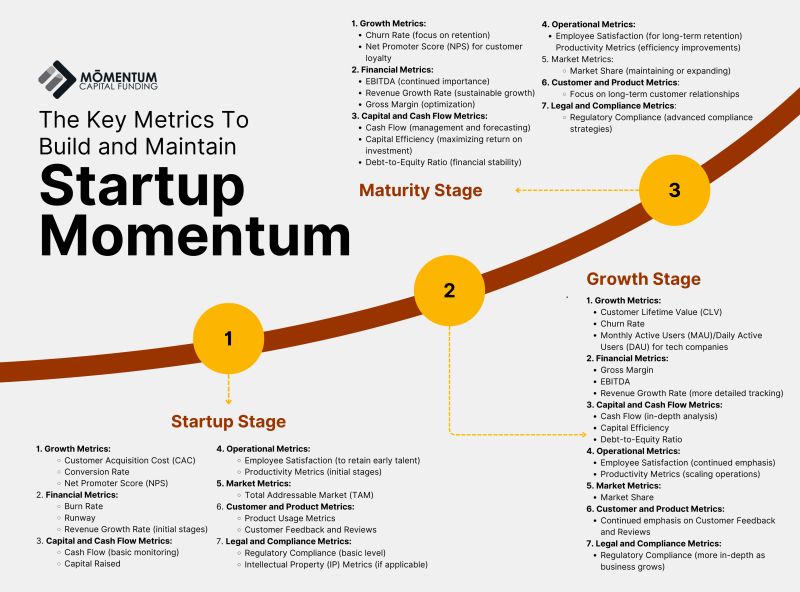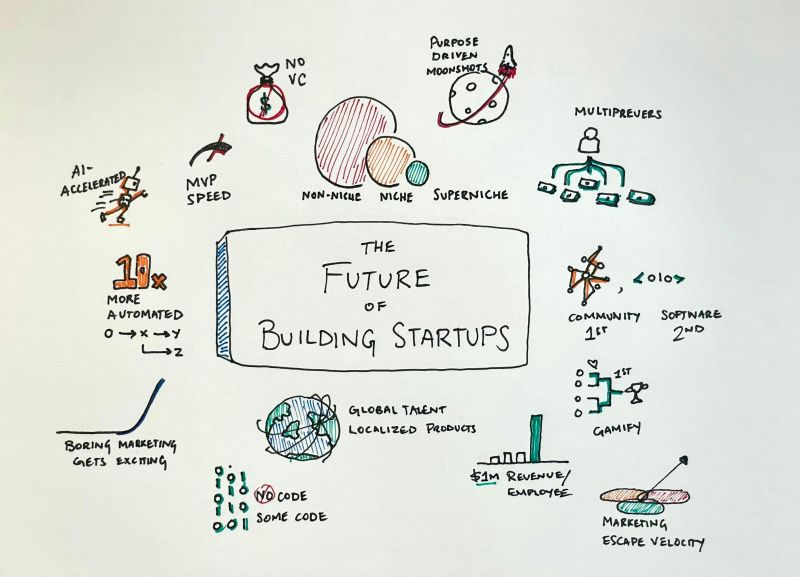Welcome
Hey there Early Stagers…
This week we’re going to dive into a topic which is super critical to every early-stage startup but it seems like nobody is talking about it: The Founder-Investor Gap.
I’m not going to spoil what this means because I dive deep into the subject. But I would say that this is probably the reason many startups fail to raise money.
Oh, and I have another surprise for you. A comprehensive guide I created this week on how to write the most important document in your fledgling startup life.
So take a zip of that coffee and let’s dive in…
Yours truly,
Avinoam
Never miss an update
Do you like what you read? Subscribe to our FREE weekly newsletter and join hundreds (soon we’ll get to thousands) of early stage founders just like you trying accelerate their PMF journey
The Founder - Investor Gap

Over the years I have spent countless hours talking to both investors and founders and it always surprise me how the two have such a different view points about what is a startup.
When ever I talk with founders it’s always about the product. We talk about churn, on-boarding, GTM strategies and many customer facing topics. But the conversation is always about how to make the product better.
This of course include business models, pricing and many financial issues, but the purpose of the conversation is always about the product.
But with investors the conversation always take a different turn…
How Founders look at their startup
Imagine having a dream, spending every spare second you can working on it. Imagine working countless hours, sacrificing time with loved ones, convincing yourself that it’s worth it because you’re chasing a dream. A dream you work very hard to achieve.
That’s the life of a founder. Sure, there are ups, and downs, but that chase is what fuels you. That desire to make something big, and get rich in the process. Founders know that building a startup require focus so they put all their eggs in that basket and go all in.
It’s not surprising that founders fall in love with their startup. They’ll do what ever they can to make it better, but in the process will get too attached to see many of its flaws.
Because founders are trying to solve a problem, they immerse themselves in the creation process and are mostly product and customer oriented. Which means that in the beginning they hold off on thinking about the business or forgetting all together that there should be a business behind it.
How Investors look at a startup
Unlike the founders, who worked countless hours on building the startup, investors are less attached to the outcome. It might be due to the fact that they don’t have all of their eggs in one basket, or the lack of vested interest and sweat equity.
Investors look at a startup as a financial vehicle that is supposed to make them money. They understand the risks and invest with the understanding that they might lose.
They look at a startup’s potential and judge the risks involved in it before they jump on board and join the ride. The driving force is financial, which is very different from the founders’ driving force.
and that’s what creating a big gap between how the founders thinks and how investors think.
Where two ends meet
The place where these two different views meet is when a startup goes out to try and raise funds from investors.
Many founders go into a funding round believing that they need to sell this huge dream they have, because they have this perception that this is what investors are looking for. But in the process they sometimes forget that they also need to have a realistic plan for how to get there.
And this is what it’s all about…
Investors want to see that you are aware of the risks. That you know what you don’t know and have a plan to close that knowledge gap. This is especially true in startups where we’re trying to create disruptions and operate with a lot of uncertainty.
Investors get it, but to make an investment they need to know that you get it too…
Talking in Investors Language
Since you are the one going to investors, you need to be able to speak their language. You need to understand what they are looking for and have a plan to achieve it.
So, what do they want:
- They need an opportunity that is able to >10x their investment (that’s the VC business model).
- They need to believe that this is doable and that you have a realistic plan to do it.
- They want to know that you know about the risks and that you can handle them (or at least have a plan to handle them).
- They want to see that you understand the market and industry you operate in and that you have a unique insight or a competitive edge that will help you dominate that market.
- and they want to know that you have the required capabilities (or at least know what they are) and focus to make your dream a reality.
Only when they see all that, they can start considering to help you. It’s your job to show them that you have all that, and more. You need to understand how you generate the return they need and how to create a company that you all can financially benefit from.
And this is how you close the investor-founder gap…
The Secret to a Perfect Pitch Deck

If you look online and listen to the advise that’s out there, it seems like everybody knows how the perfect pitch deck should be built.
But they are all wrong!!!
You can analyze successful decks and compare them to unsuccessful ones (there’s a big difference between causation and correlation). you can talk to founders all day long, but until you understand one very simple truth, you won’t be able to build a winning pitch deck.
Getting funded is nothing more than a sale.
You are selling your startup’s potential to investors. It’s that simple. And like every good sale, it’s all about understanding your customers (investors) and creating a great offer. It’s about understanding the objections, the driving forces, the decision making processes, and providing answers to each.
So, you can continue listening to all the advise that’s out there, or look at the problem like it is, and start treating it like the marketing and sales problem that it is.
If you hit the button below, you’ll get to a comprehensive guide I’ve built on how to get this done.
Never miss an update
Do you like what you read? Subscribe to our FREE weekly newsletter and join hundreds (soon we’ll get to thousands) of early stage founders just like you trying accelerate their PMF journey
LinkedIn Treasure Trove
Every day I go to LinkedIn and collect insightful posts that I think can help you build a better startup. Here are the ones I collected recently

Here’s a collection of 44 cheat sheets dedicated to transforming you to a sales expert (ok, maybe not an expert, but for sure better at sales). Here is the link to the post with all the links to the sheets.

How much does startup founders like yourself are getting paid? Here’s an interesting survey done in Europe that answer that question exactly.

Here’s a great resource about how to get from Ideation to PMF from Dave Parker.

Not exactly early-stage, but we all love unicorns, so here’s what’s up with them lately. This is an interesting report because it gives a great overview of where we all want to be.

If you’re building a SaaS startup, here’s a great post about what it takes to scale it.
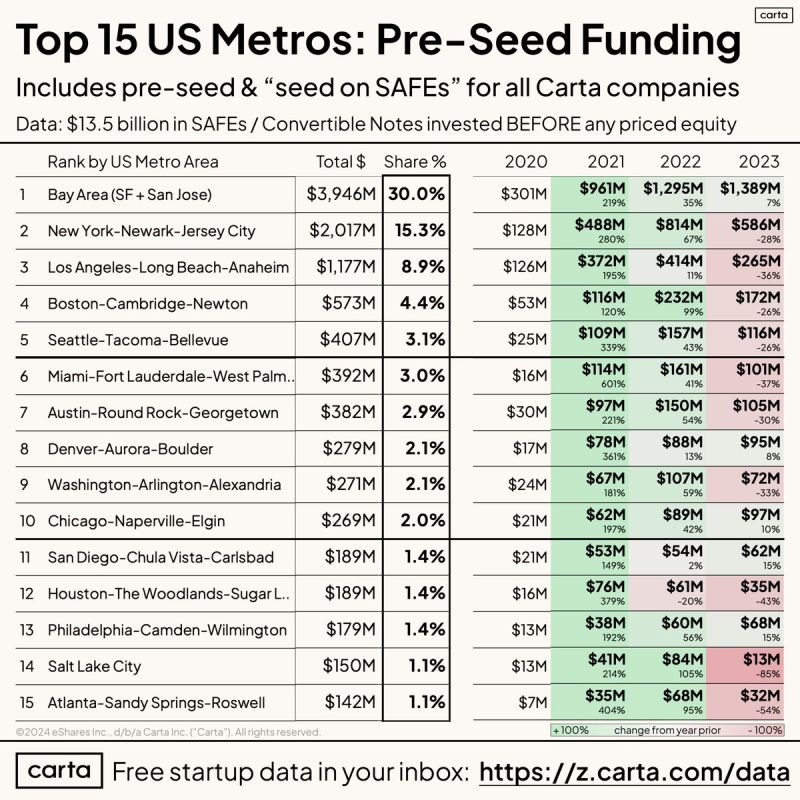
What’s the hottest hub in the US? Here’s the answer
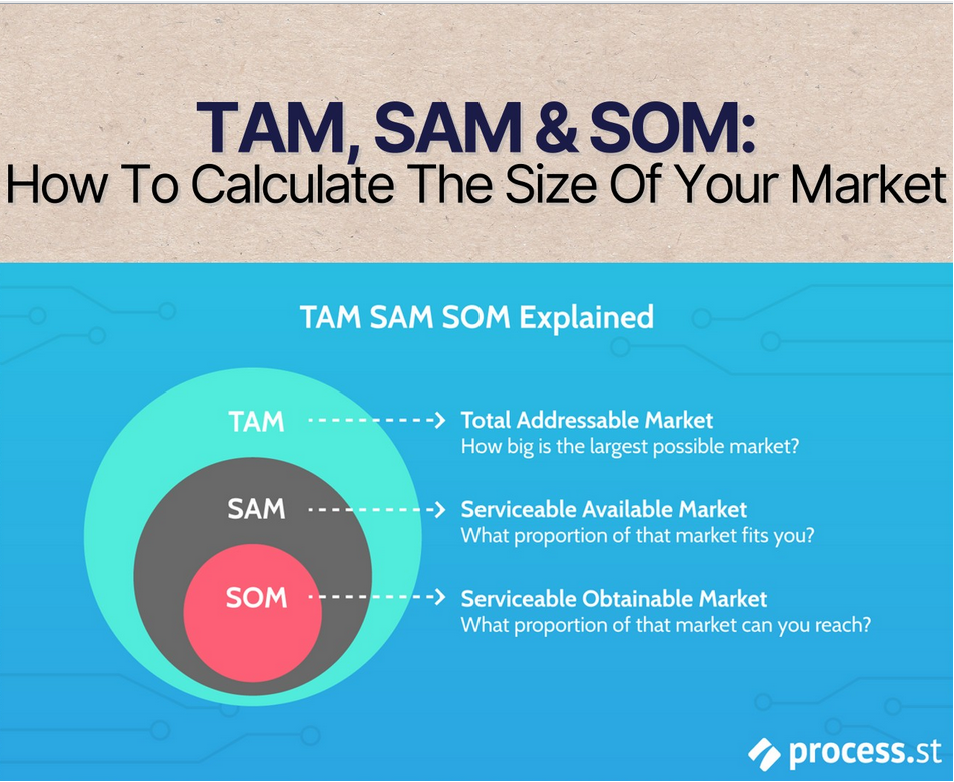
Many startups I talk to are having a hard time calculating their market sizes (TAM, SAM and SOM). Here’s a nice simple guide on how to run that calculation.
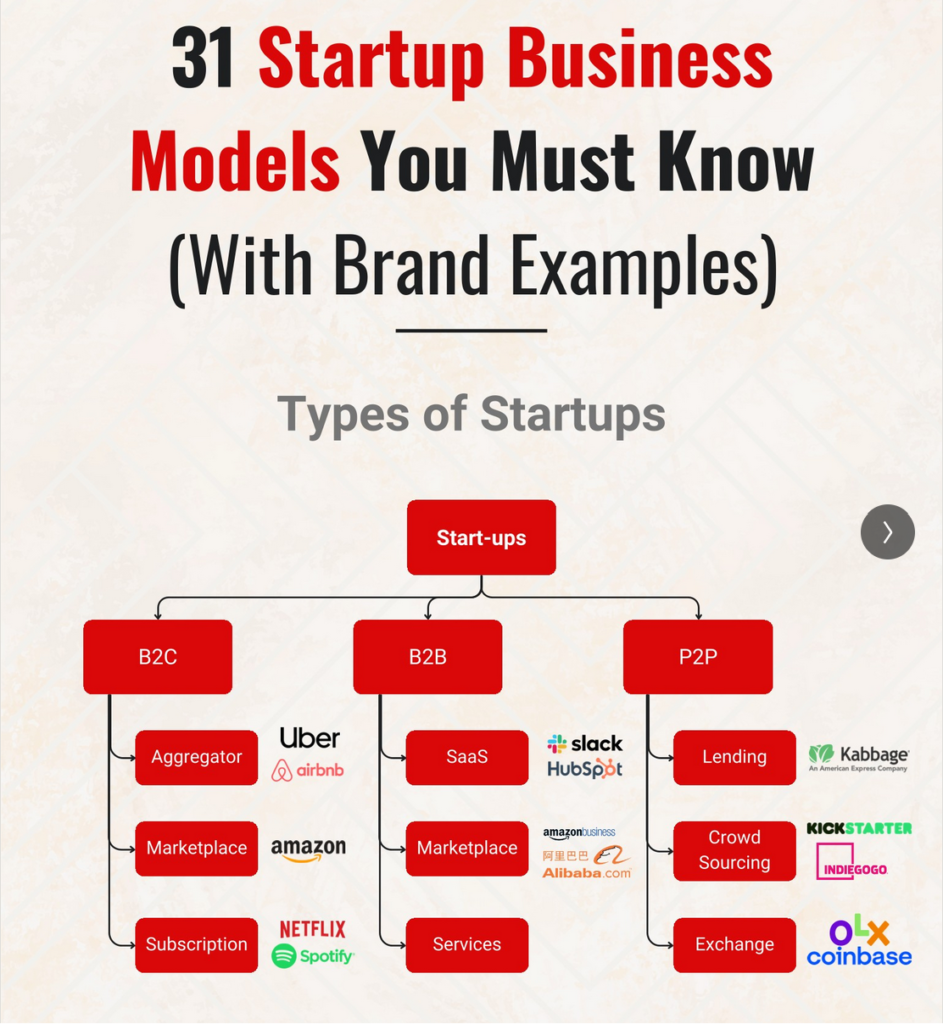
Choosing the right business model is a make or break decision for any startup. Here are 31 business models to consider

Raising funds is an activity almost every startup do throughout its life. Usually more than once. But how do you know how much equity should you give in each round? Here are the benchmarks to guide you

Think you are too old to launch a startup? here are some late in life examples to keep you motivated.

One of the problems startups face when fundraising is the asymmetry of knowledge and imbalance between the founders and the investors. Here is a quick guide for founders on what to look out for when looking at a term sheet.

Many startups try to penetrate new markets by lowering their prices. This is a bad strategy that leaves a lot of money on the table and actually do more harm than good. Here’s how to avoid lowering your prices and still close deals.
